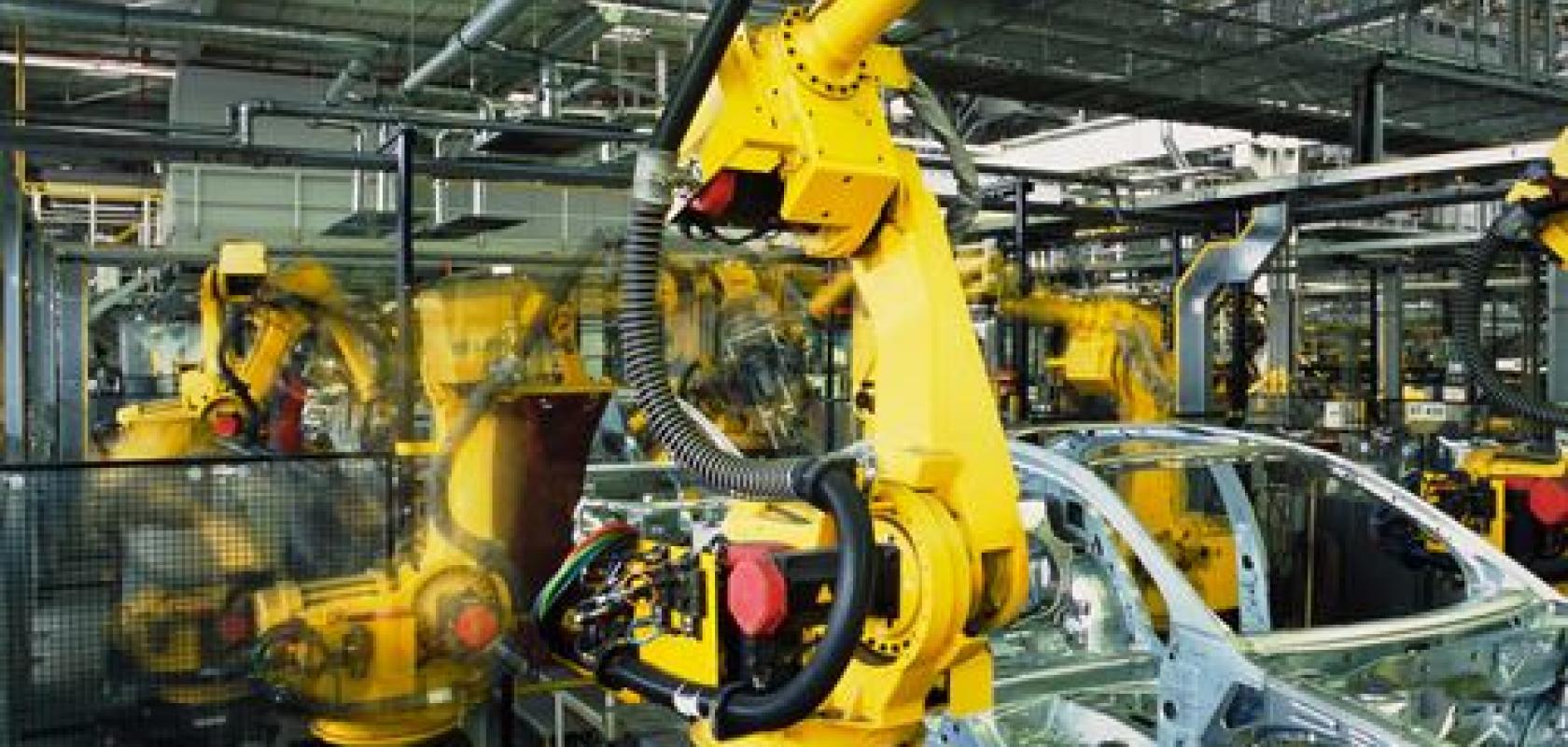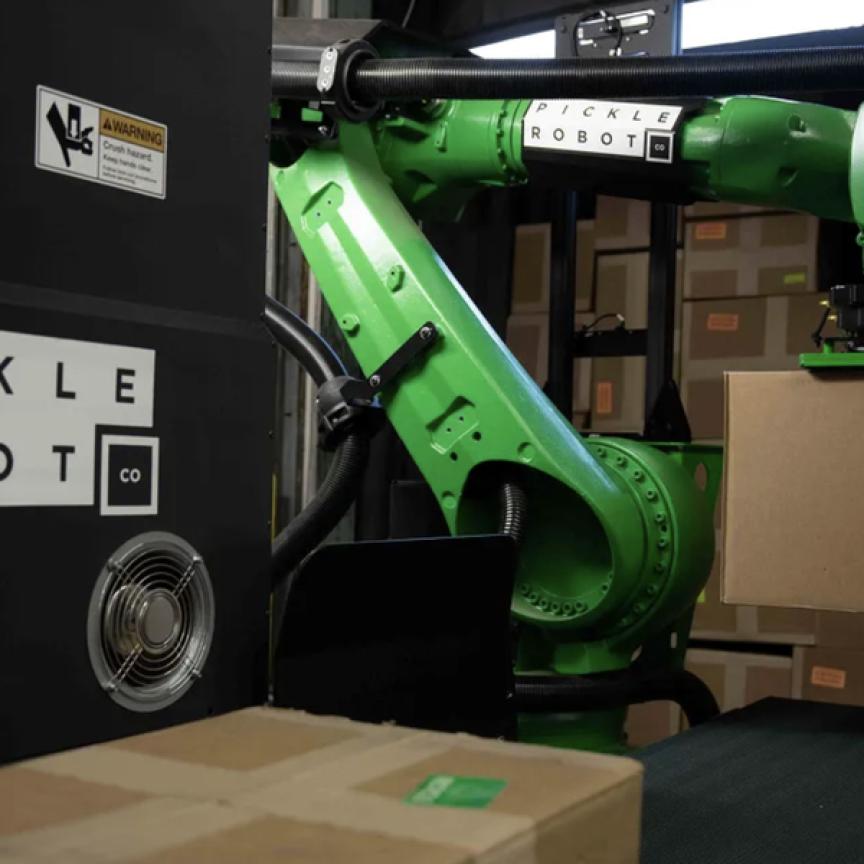The National Institute of Standards and Technology (NIST) in the US, together with standards body ASTM Committee E57, have released proceedings on a workshop, held late last year, to define standards for 3D imaging systems for robots in manufacturing.
The work is paving the way to define how to measure the performance of a 3D vision system for robot assembly applications – metrics about the quality of the information a 3D vision system generates.
The aim is to make it easier to specify and integrate 3D imaging in robot cells, both for vendors and users.
Dr Kamel Saidi, described the work during AIA's Vision Week, running from 18 to 22 May.
The standard efforts the group are pursuing include a test method for measuring the performance of a 3D imaging system across its specified field of view, which is being led by Intel RealSense.
There is also work to define the terminology for describing the time delay in a 3D imaging system's output, led by Capsen Robotics. Thirdly, there's work to identify a test method for determining a 3D perception system's point-wise spatial resolution, led by Airy3D and Southwest Research Institute.
In a market survey, the group identified 167 3D imaging systems relevant to robot manufacturing applications, and more than 30 terms used to classify 3D imaging products.
Saidi said during his presentation that, as it stands, an integrator might not be able to advise a manufacturer about the type of 3D imaging technique they would need without first understanding the part the robot is asked to handle and other imaging conditions.
He highlighted how many different 3D imaging techniques are available, which often makes 3D vision a daunting choice for a manufacturer.
In addition, he said that for every $1 spent on a robot, $2-6 is spent on support equipment and integration costs. This presents a big barrier to entry for robot automation, especially for small companies.
Saidi the work at NIST and ASTM Committee E57 was open to anyone who would like to contribute.


